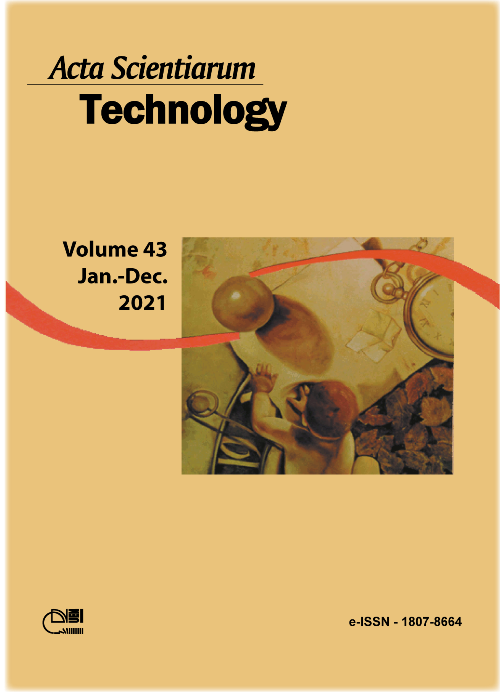Effect of autogenous GTAW on the reciprocating sliding wear behavior of a carbon martensitic steel
DOI:
https://doi.org/10.4025/actascitechnol.v43i1.50488Palavras-chave:
micro-wear; ball-on-flat; abrasion; martensite; HAZ-softeningResumo
Martensitic steels have been successfully employed in resource-based industries where components must endure aggressive conditions. In industrial practice, many parts of these components are joined by welding techniques. The aim of this work was to understand the influence of welding on the wear resistance of quenched and tempered carbon martensitic steel subjected to dry linear reciprocating sliding micro-wear tests. Weld-joints were produced using autogenous Gas Tungsten Arc Welding process (GTAW). Micro-wear tests were performed at base metal (BM), weld metal (WM), coarse grained heat affected zone (CG-HAZ) and lowest hardness region of heat affected zone (LHR-HAZ). LHR-HAZ was softened during welding process so plastic deformation was facilitated, and consequently adhesion, material displacement and micro-ploughing. WM and CG-HAZ presented a similar martensitic structure, which explain the similarities found on wear behavior. These regions presented the lowest worn volume average values (w). It was interesting to note that despite its highest microhardness value, the highest w was observed for BM. For some BM samples, debris had a key role promoting material loss by micro-cutting which causes great extent of material removal compared to other micro-wear mechanisms as micro-ploughing and adhesion. Due to debris action BM also presented a great dispersion in w results. The results suggest that material loss of welded joint and BM was strongly controlled by micro-wear mechanisms.
Downloads
Downloads
Publicado
Como Citar
Edição
Seção
Licença
DECLARAÇíO DE ORIGINALIDADE E DIREITOS AUTORAIS
Declaro que o presente artigo é original, não tendo sido submetido í publicação em qualquer outro periódico nacional ou internacional, quer seja em parte ou em sua totalidade.
Os direitos autorais pertencem exclusivamente aos autores. Os direitos de licenciamento utilizados pelo periódico é a licença Creative Commons Attribution 4.0 (CC BY 4.0): são permitidos o compartilhamento (cópia e distribuição do material em qualqer meio ou formato) e adaptação (remix, transformação e criação de material a partir do conteúdo assim licenciado para quaisquer fins, inclusive comerciais.
Recomenda-se a leitura desse link para maiores informações sobre o tema: fornecimento de créditos e referências de forma correta, entre outros detalhes cruciais para uso adequado do material licenciado.



















